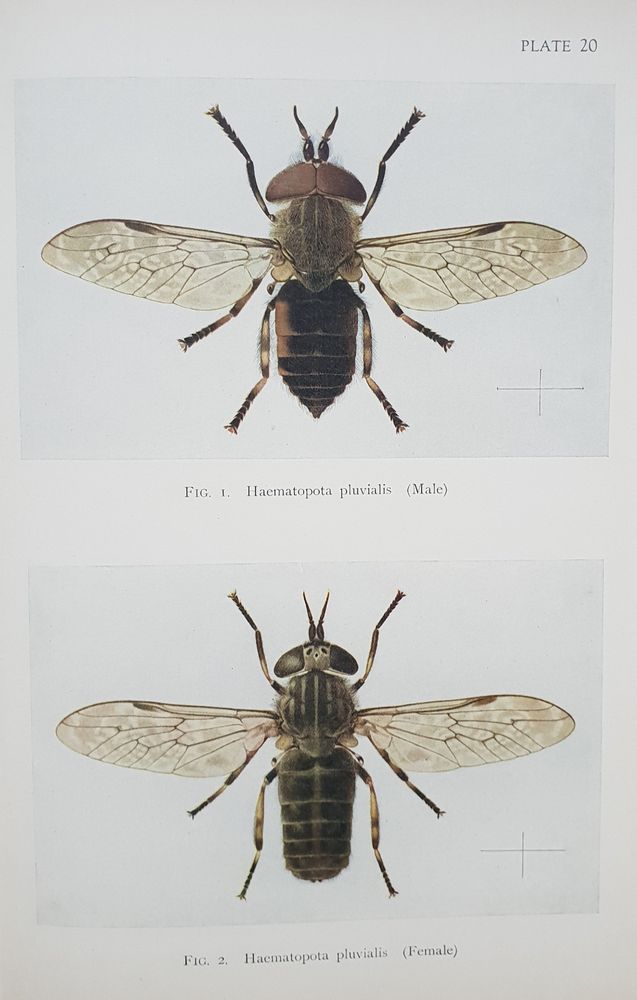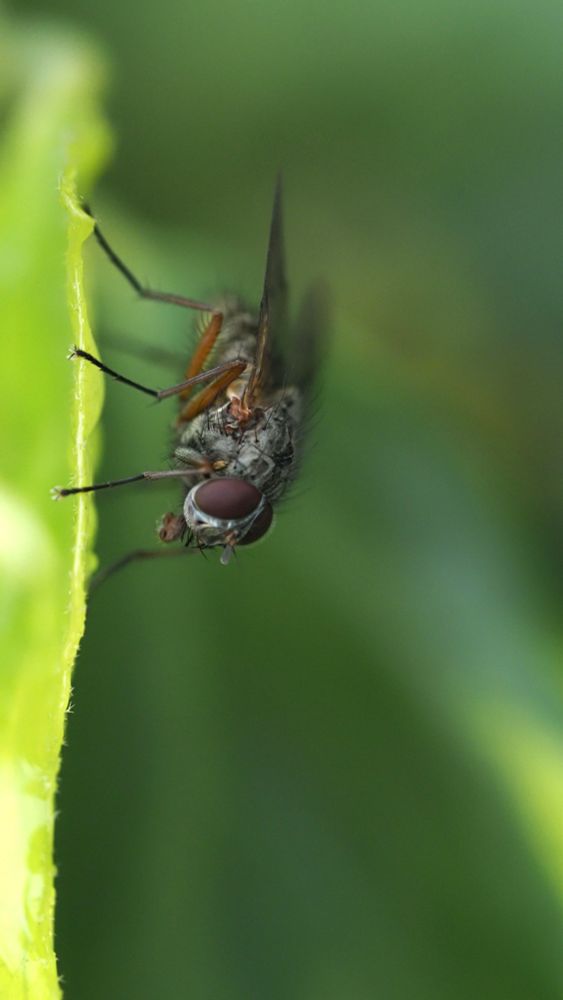arachnology.org/home
arachnology.org/home
“ipat” on @inaturalist.bsky.social
(Last sentence could refer to original descriptions by Francis Walker!)
“ipat” on @inaturalist.bsky.social
(Last sentence could refer to original descriptions by Francis Walker!)
Naruwan Dayananda & @sureshbenjamin.bsky.social
zenodo.org/records/1761...
Naruwan Dayananda & @sureshbenjamin.bsky.social
zenodo.org/records/1761...
archive.org/details/clas...

archive.org/details/clas...
ISSN: 0940-8185
Mainly scientific articles on the breeding & maintenance of arachnids, but it also includes faunistic works.
Anyone know more about this journal?

ISSN: 0940-8185
Mainly scientific articles on the breeding & maintenance of arachnids, but it also includes faunistic works.
Anyone know more about this journal?
#taxonomy #newspecies #beetles

#taxonomy #newspecies #beetles
adastraletter.com/2025/2/what-...
adastraletter.com/2025/2/what-...
www.inaturalist.org/observations...


www.inaturalist.org/observations...
www.inaturalist.org/observations...

www.inaturalist.org/observations...
youtu.be/_j0NIp-HY0I?...

youtu.be/_j0NIp-HY0I?...

archive.org/details/illu...



archive.org/details/illu...





An introduction & virtual demonstration of iNat to a primarily Sri Lankan audience, via the Sri Lanka Natural History Society.
Saturday, November 15th, 2025.
6:30 PM 🇱🇰 time (Note: QR code to download iNaturalist app)
Zoom:
Meeting ID: 840 2777 8484
Passcode: 824340

Hiranya Sudasinghe, Kumudu Wijesooriya, Tharindu Ranasinghe, Rohan Pethiyagoda, Madhava Meegaskumbura
@zse.pensoft.net
101(4): 2133-2159
zse.pensoft.net/article/1653...

Hiranya Sudasinghe, Kumudu Wijesooriya, Tharindu Ranasinghe, Rohan Pethiyagoda, Madhava Meegaskumbura
@zse.pensoft.net
101(4): 2133-2159
zse.pensoft.net/article/1653...




We studied the historical biogeography of Sceloporus lizards and the link between their dispersal and climatic niches 🌎🌦️ @fabrovillalobos.bsky.social @ndimhypervol.bsky.social @biojlinnsoc.bsky.social
Learn more here 👇:
academic.oup.com/biolinnean/a...

We studied the historical biogeography of Sceloporus lizards and the link between their dispersal and climatic niches 🌎🌦️ @fabrovillalobos.bsky.social @ndimhypervol.bsky.social @biojlinnsoc.bsky.social
Learn more here 👇:
academic.oup.com/biolinnean/a...




